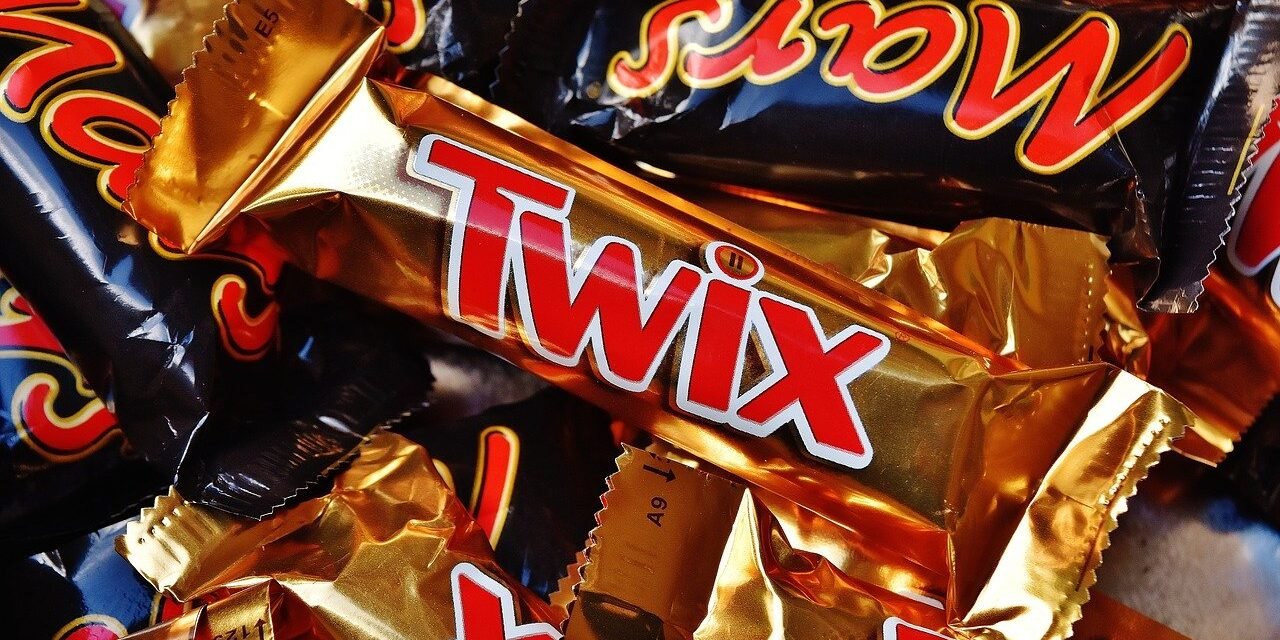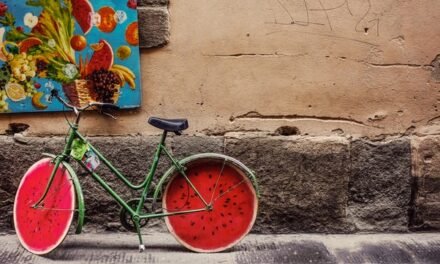
Flying with snacks can become a guilty pleasure

TSA rules: Bagged and foil wrapped snacks are the new “Liquids”
As if the decision to fly again did not have enough factors to weigh, besides health and safety in our COVID-19 world, there is now another decision that could affect your very comfort food on the plane. Yes, that little clear plastic bag could have a lot of extra company along with your hand sanitizer. That just might be your favorite travel snacks!
In addition to the additional safety screening scrutiny and new protocols, the Coronavirus has made handling of any, and all items that you are carrying onto the airplane to be potential threats in more ways than one. At the end of May 2020, the Transportation Security Administration (TSA) released new guidelines to reduce agent/passenger contact and their personal carry on belongings. Agents no longer handle boarding passes anymore, and small personal items now must be inside carry-on bags instead of bins. For the foreseeable future, the TSA requires passengers to treat all food and snacks in the same way as liquids, particularly if the products inside the wrapping are not clearly visible.
These updated procedures require putting carry-on food into a clear plastic bag that is then placed in a bin before screening. The TSA issued a press release that elaborates that food can “often trigger an alarm during the screening process,” which would lead to a pulling the bag to inspect the food. These interactions are simply not an ideal fit with the social distancing recommendations in the era of COVID-19.
This is not a totally new idea. As early as 2018, TSA made these types of food procedure requests, although there was a very uneven level of enforcement at airports across the US because it was worded more like a recommendation. TSA explained that some wrapped food can look like explosives in the scanners, triggering the manual search requirement.
Bye, Bye protein bars, you’ll have to buy, buy them on board
So, what is the real culprit here? Look to the container or wrapper, and not necessarily the food. How many times have you been stopped in the pre-check line with questionable aluminum coated wrappers on protein bars or small cans of your favorite chips or nuts? If an x-ray machine cannot see through the metallic wrapper, it immediately becomes a cause for concern if the products are allowed, or worse, if they are explosives. Even the amount of salt in clear jars is a trigger for confiscation, much to my family’s dismay.
Most major airports use CT (computed tomography) machines that operate like medical CT scanners, which create 3D images of the objects inside your carry-on. That image shows the mass and density of objects in the bag. It has only been 2 years since a major deployment of CT scanners, so some airports still rely on 2D machines that require more manual searches when an unidentified object passes through.
So, the only solution for your in-air cravings is to squeeze only approved snacks into a clear plastic bag before heading to the airport or buy it at the airport or on board. Unless, of course, you do not use shampoo, conditioner, deodorant, sunscreen or other things normally reserved for the 3-1-1 bag. https://www.tsa.gov/travel/security-screening#quickset-security_screening_quicktabs_0











![Darnley’s Original London Dry Gin [COCKTAIL TIME]](https://luxebeatmag.com/wp-content/uploads/2021/10/OriginalGinburstforwebsite-hr-440x264.jpg)























